32 Intriguing Examples of Fungi Photography
In the past year or so since The Photo Argus ran my first “Fungi Fun” post (“16 Fantastic Images of Fungi Fun“), I’ve generated a bunch of new images I’d like to share with you along with an observation or two.
My kind of “fungi awareness” also means being curious about how others deal with this particular subject matter and generally what I’m finding is that most folks take a “hands off,” keep-your-distance approach. I guess if you just want a record of your subject for identification purposes or whatever that’s fine, but fungi have the potential to be so much more up-close and personal if one concentrates on their unusual design elements.
They appear as if from another world and are considered separate from plants, animals, and bacteria although recent genetic studies have shown that fungi are more closely related to animals than to plants. Not containing chlorophyll (like plants) they depend on other organisms for nutrition. Able to grow in a wide range of habitats, fungi have a worldwide distribution including such extreme environments as deserts or areas with high salt concentrations.
I prefer to work in Fall and Winter simply because it’s easier to get around and find my subjects, but just about any time (or clime) will do so long as there is sufficient moisture. Besides the many varieties that can be found on the ground, don’t neglect to check out downed or dead trees that still have some bark.
Here is an alien world to be explored above and below, depending on what excites your eye. Often the underside gills are more interesting than the outer more visible portion, with their intricate designs geometric or curvaceous, so don’t be put off by a plain-looking cap. If you’re into patterns, look closely, as sometimes exquisite details are revealed. The most saturated color is to be encountered just after they’ve been saturated (i.e. after precipitation) on a cloudy day.
Pretty much standard technique: Macro (Duh), f/ smallest, and I must say, an articulated real-time viewing screen is most useful (but hardly essential). If you’re serious about this kind of photography, a tripod is recommended, but certainly not required because of the excellent internal stabilization of contemporary cameras. In fact, the vast majority of these images were done hand-held.
Now get out there for some Fungi Fun!
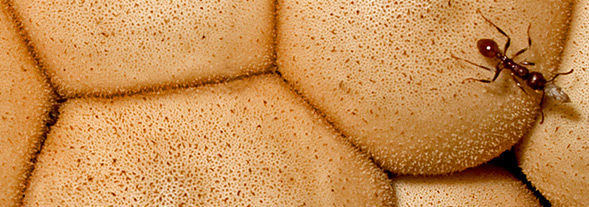
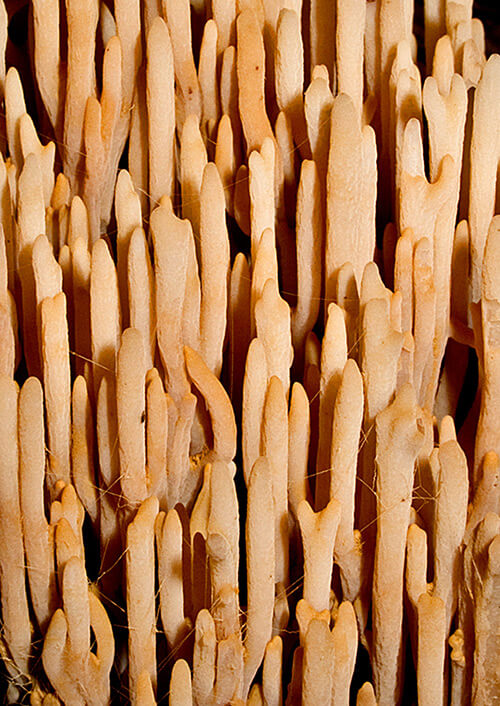
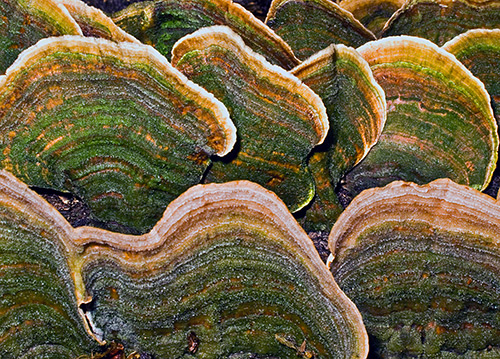
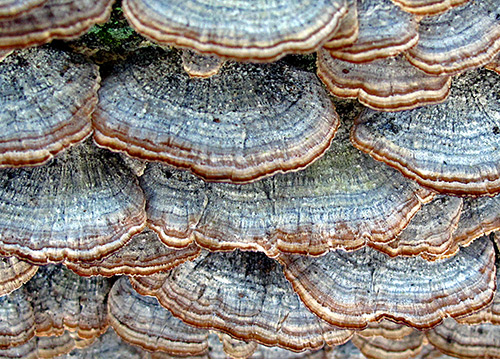
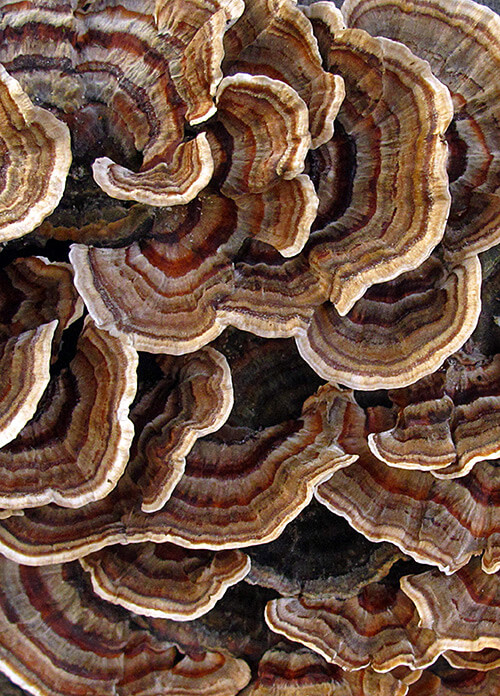
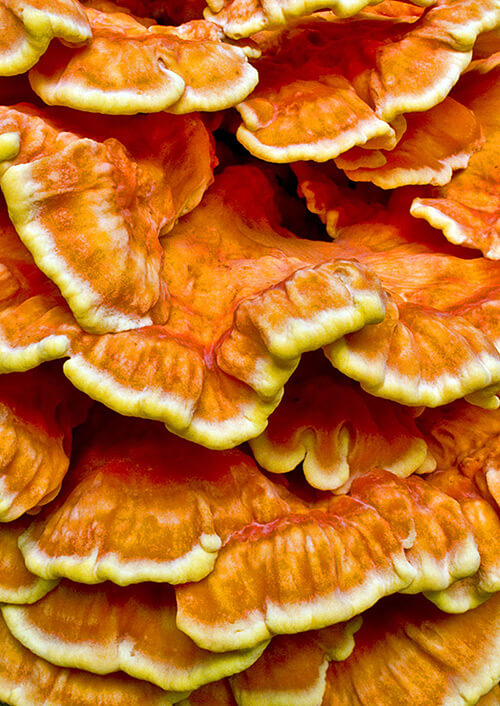
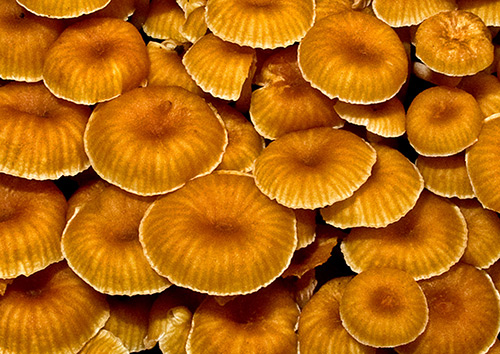
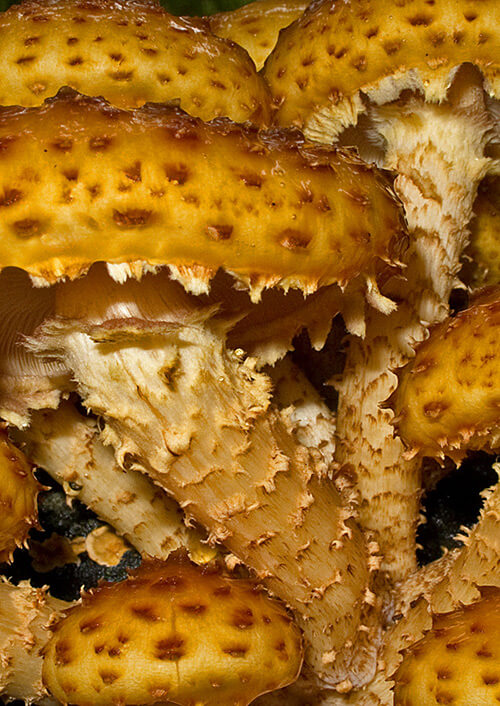
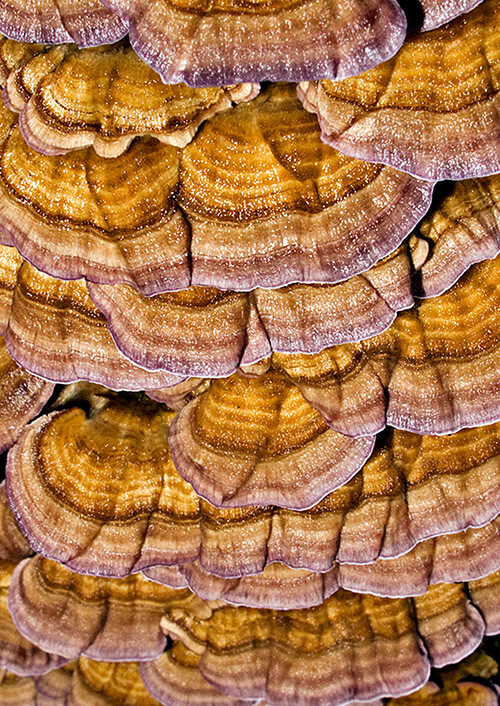
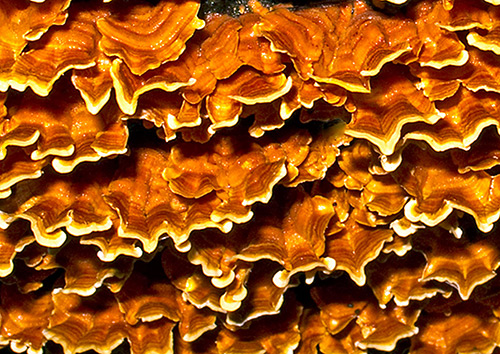
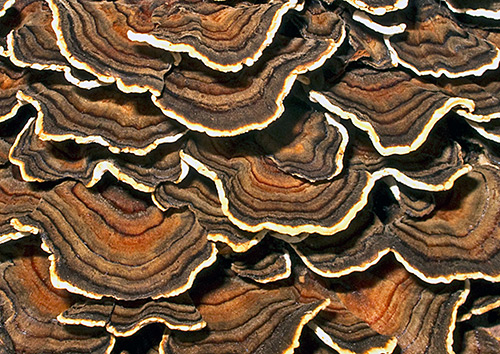
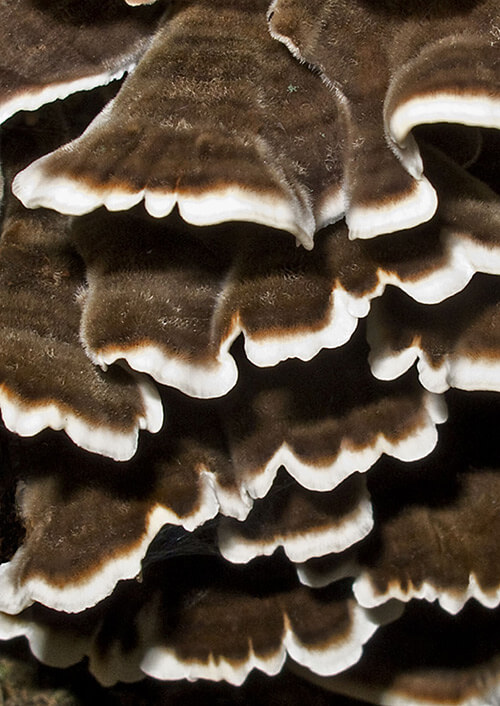
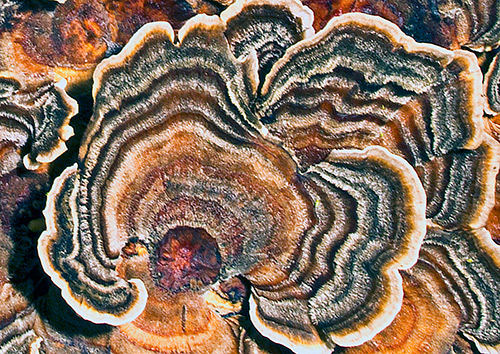
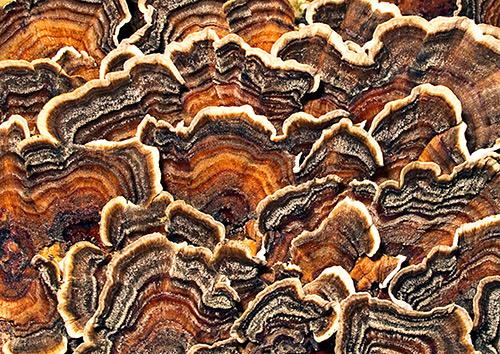
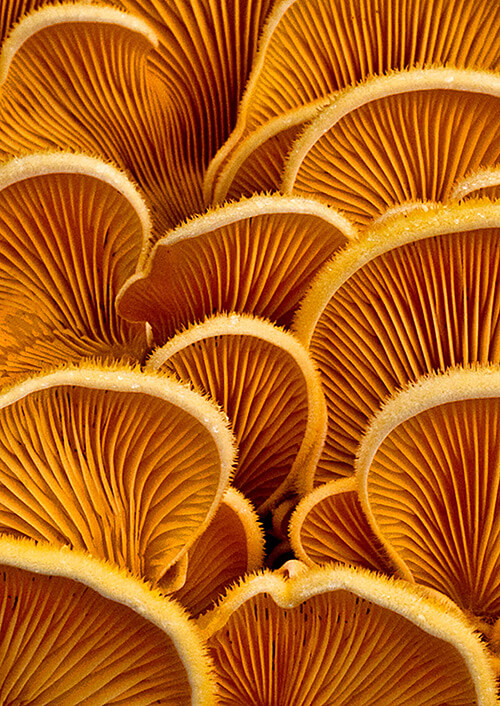
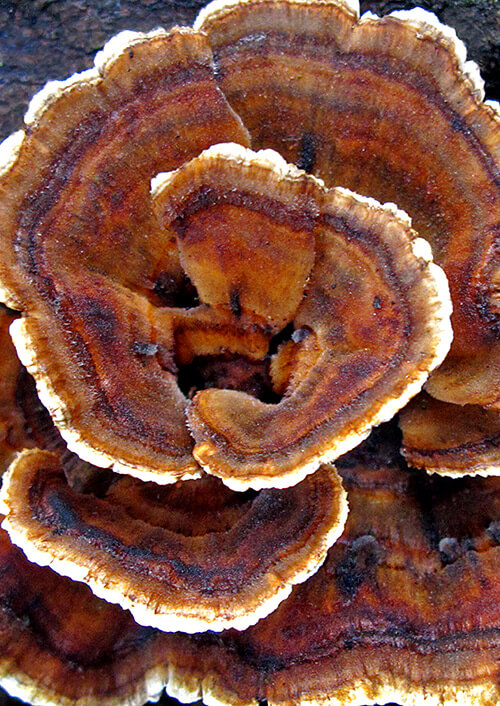
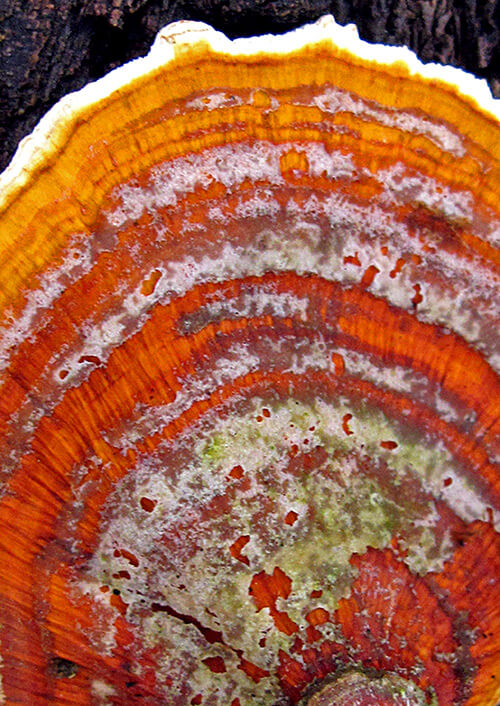
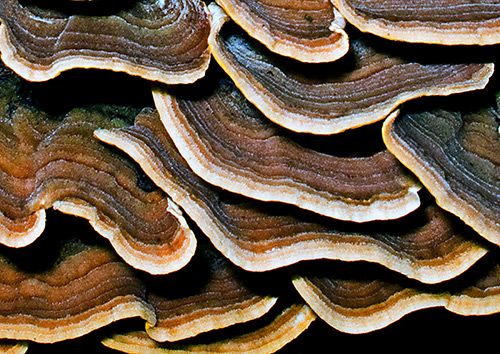
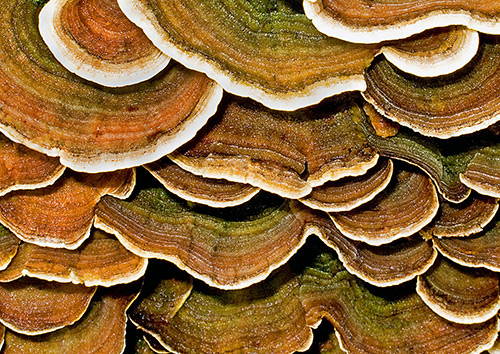
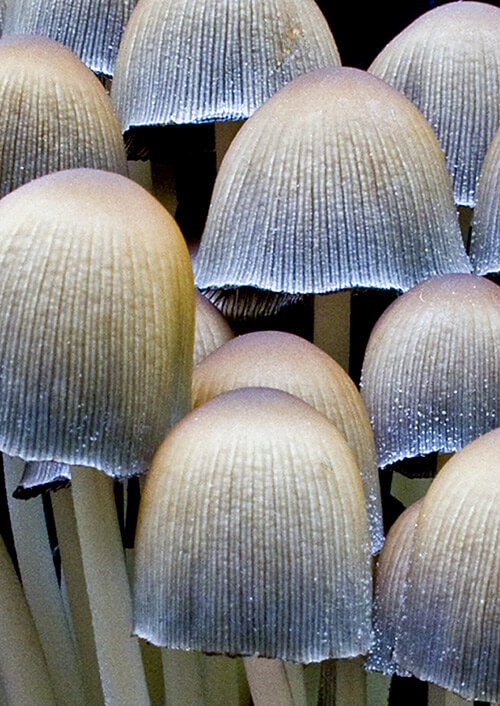
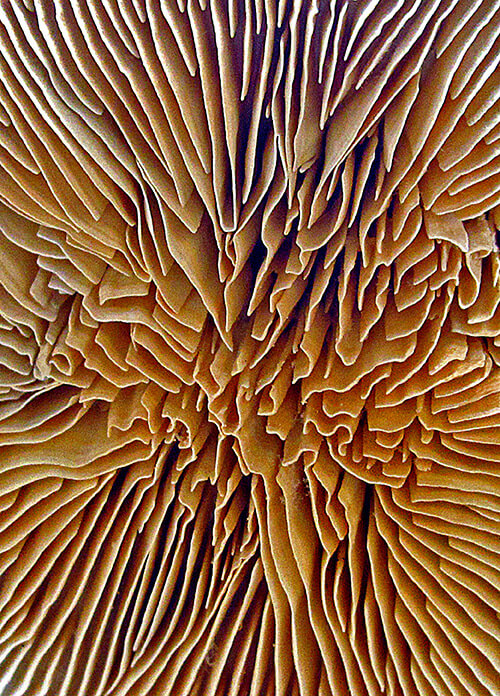
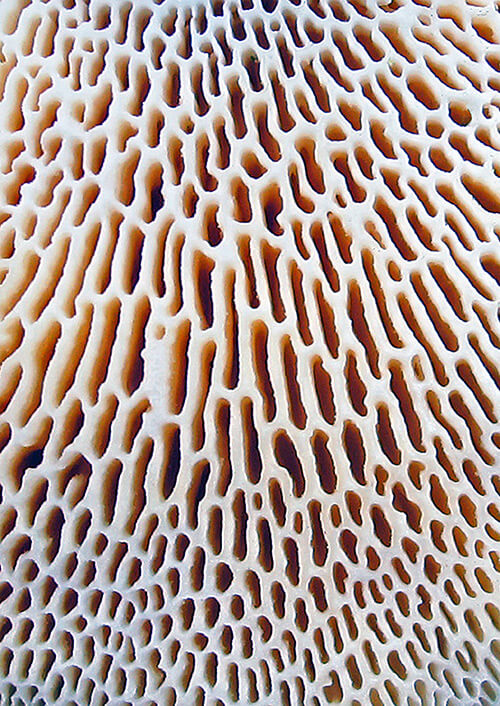
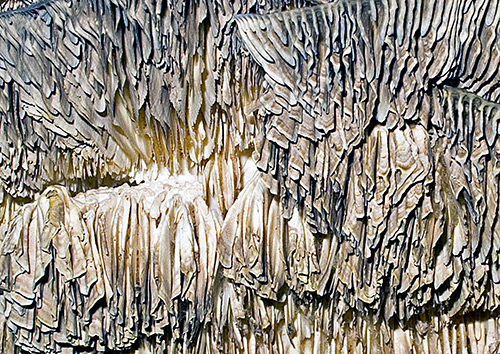
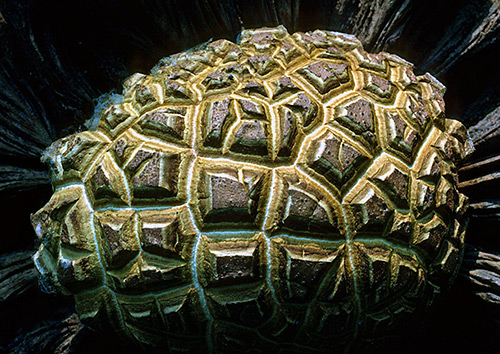
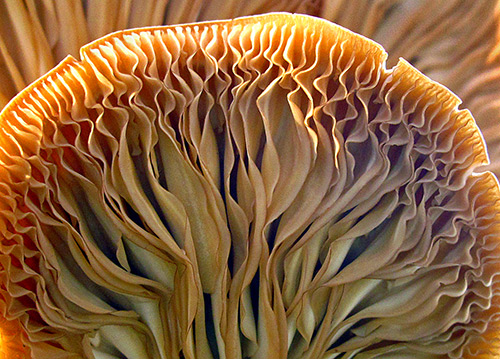
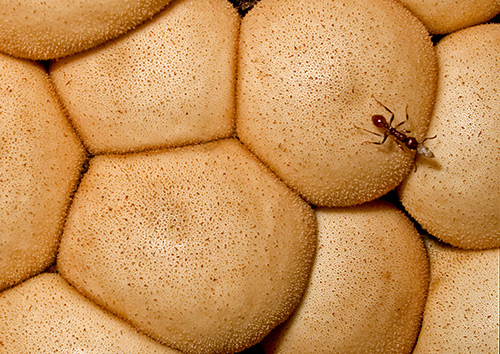
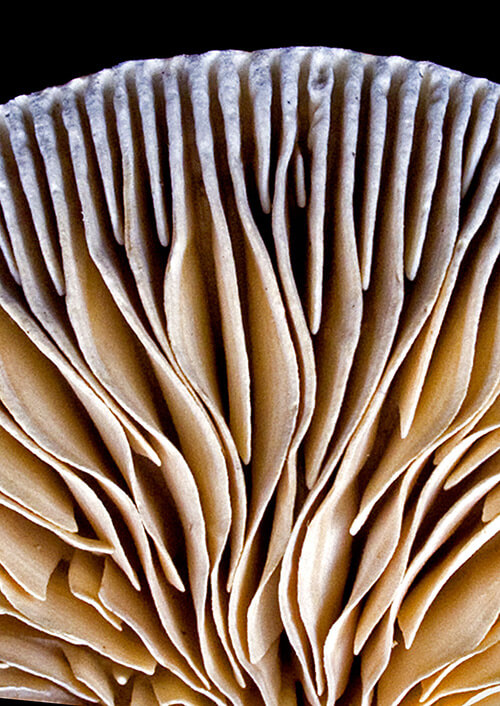
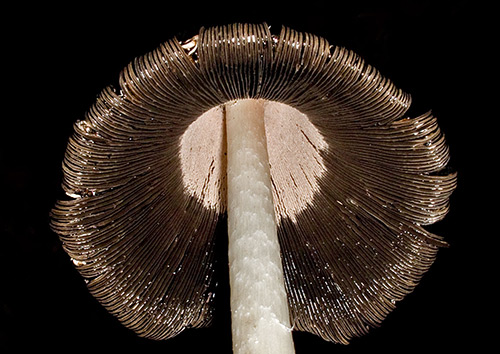
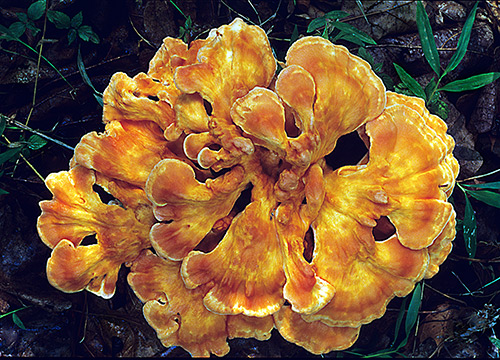
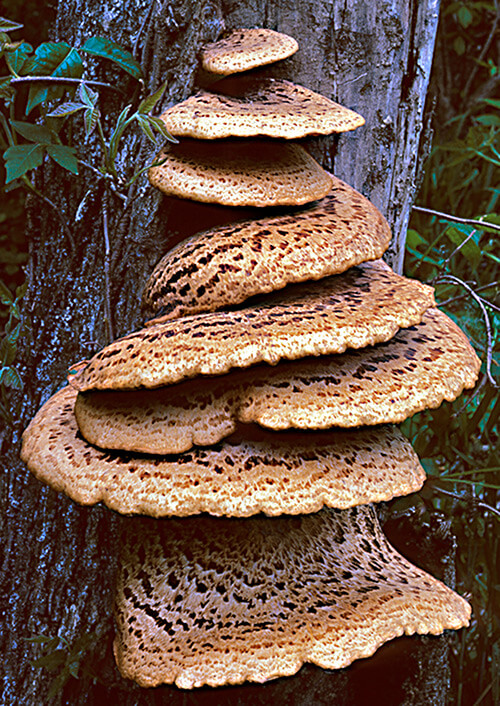
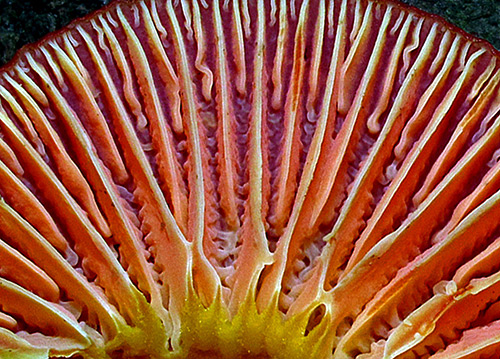
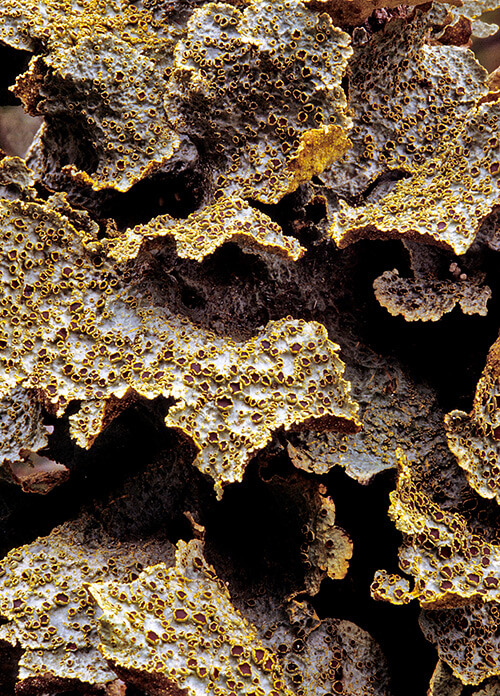
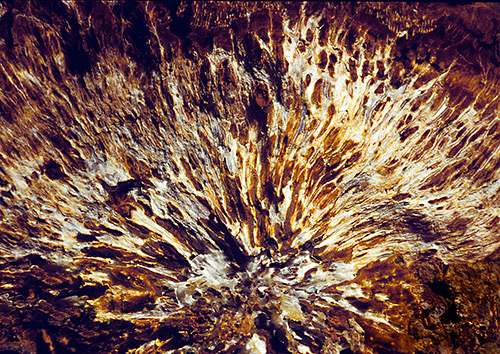

No comments:
Post a Comment